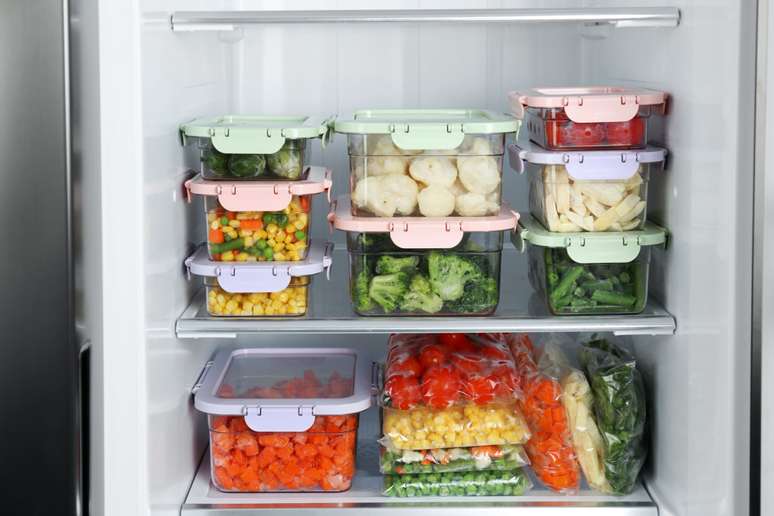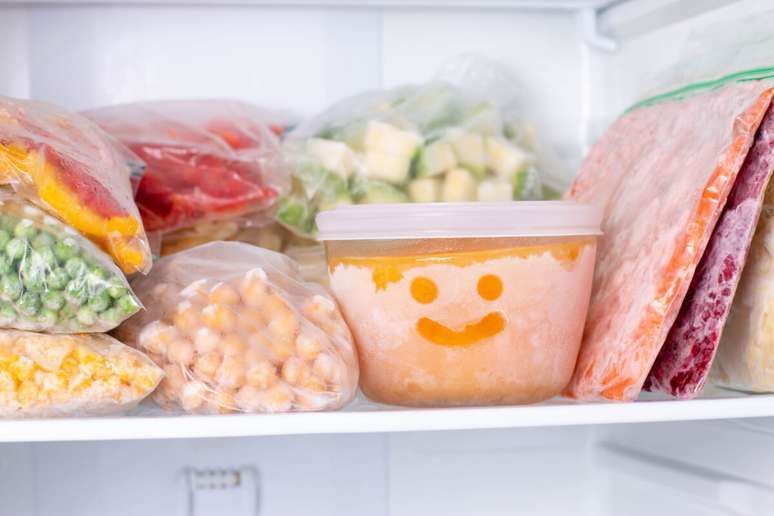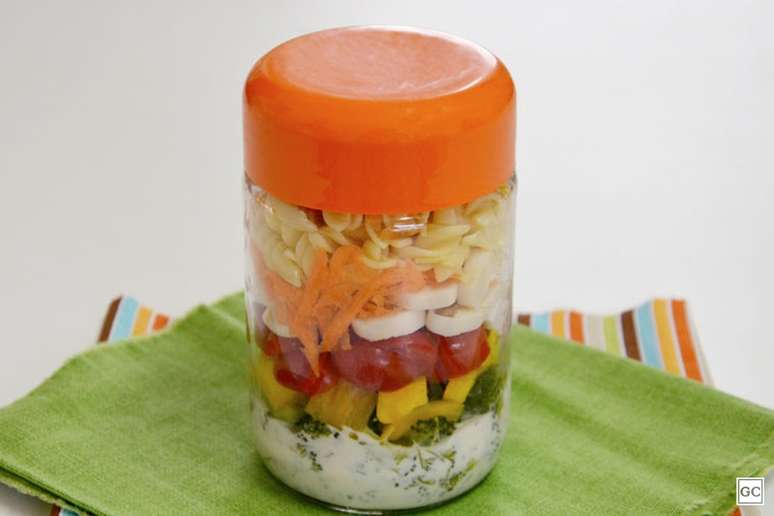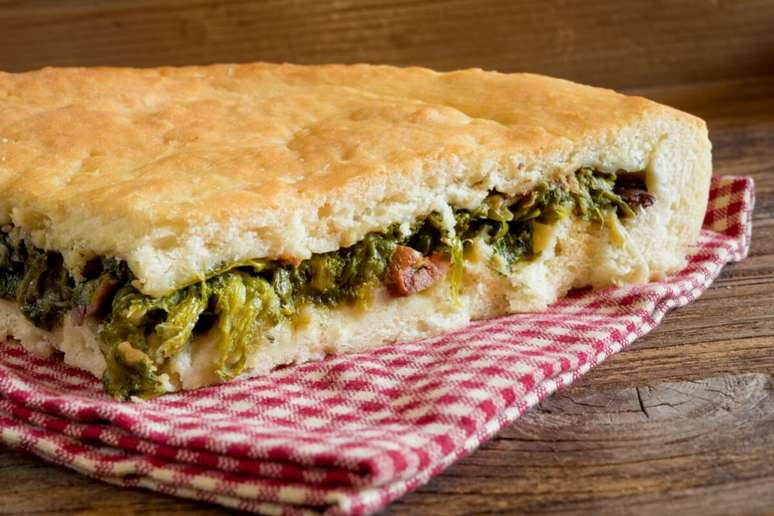Find out how to store ingredients in a safe and quality way
Freezing food is a common practice among Brazilians, whether to preserve food, enjoy the meal over the next few days, or maintain a healthy routine with packed lunches. However, care must be taken when freezing and thawing food to ensure that it does not spoil in the process.
html[data-range=”xlarge”] figure image img.img-0aa0f4b6916ef4c5b840e042a2f3adf1h2emsf5m { width: 774px; height: 516px; }HTML[data-range=”large”] figure image img.img-0aa0f4b6916ef4c5b840e042a2f3adf1h2emsf5m {width: 548px; height: 365px; }HTML[data-range=”small”] figure image img.img-0aa0f4b6916ef4c5b840e042a2f3adf1h2emsf5m, html[data-range=”medium”] figure image img.img-0aa0f4b6916ef4c5b840e042a2f3adf1h2emsf5m { width: 564px; height: 376px; }HTML[data-range=”small”] .article__image-embed, html[data-range=”medium”] .article__image-embed { width: 564px; margin: auto 0 30px; }
So, below, see 10 tips to make freezing and defrosting food easier!
1. Quickly freeze fresh food
The quicker the food is frozen, the better it will taste once defrosted. This action also reduces the time foods spend at temperatures at which bacteria can multiply, thereby minimizing the risk of food contamination. Try stocking up on your favorite seasonal fruits to have them for months to come and use them in smoothies, juices and more different recipes!
2. Avoid textured foods
The crunchy layer of foods like fried fish or chicken parmesan tends to lose quality once defrosted, especially if you do it in the microwave. Tip: If you’ve already thawed food and its texture has been compromised, reheat it in the conventional oven or deep fryer, as they can help restore some of the crunchiness.
3. When freezing liquids, leave space at the top of the container
When freezing liquids (such as broth, milk or juice), leave space at the top of the container so that the liquid can expand. Otherwise, the package may overflow and cause problems in the freezer, as well as getting lost the drink.
4. Use proper packaging
Use freezer-safe containers and packaging. They should be the perfect thickness to keep in moisture and avoid odors in the freezer. If you plan to freeze something in the glass, choose the tempered or labeled option for freezing. Try using smaller containers and divide the preparations, as many foods take longer to freeze.
5. Allow sufficient time to defrost
If you know you want to prepare a chicken for the sunday lunchFor example, transfer the meat to the refrigerator a few days in advance. Defrosting in the microwave can easily cook the meat instead of defrosting it. And leaving food out on the kitchen counter to go through this process can make it unsafe to eat.

6. Divide into individual portions
Before freezing, separate foods into individual portions. This will allow you to defrost only the amount you need, avoiding waste.
7. Do not put hot food directly into the freezer
Never put hot foods in the freezer as they may generate bacteria while cooling and warming up other foods in the freezer. cooked foods, pasta, soups and brothsit can be cooled to room temperature (for up to 2 hours) and then frozen.
8. Put dates on packages
Put dates when each food was frozen so you don’t waste time consuming it, and prioritize older foods to use first.
9. Season after freezing
It is best to season foods after defrosting, as seasonings can lose their flavor and quality. But in some cases, such as marinades and sauces, seasonings can be added before freezing.
10. Cook immediately
After defrosting, cook the food immediately. Avoid freezing food twice in a row as this may affect the quality and safety of the food.
Pay attention to the ideal freezing time
It is essential to be aware of the maximum limit that each type of ingredient can be stored in the freezer. I wait:
- raw meat (poultry, beef, pork, lamb): From 6 to 12 months.
- Raw fish and seafood: From 6 to 12 months.
- Fruits and vegetables: From 8 to 12 months.
- Bread and baked goods: 2 or 3 months.
- Ready meals and meals: 2 or 3 months.
- dairy products: From 1 to 3 months.
Source: Terra
Ben Stock is a lifestyle journalist and author at Gossipify. He writes about topics such as health, wellness, travel, food and home decor. He provides practical advice and inspiration to improve well-being, keeps readers up to date with latest lifestyle news and trends, known for his engaging writing style, in-depth analysis and unique perspectives.








